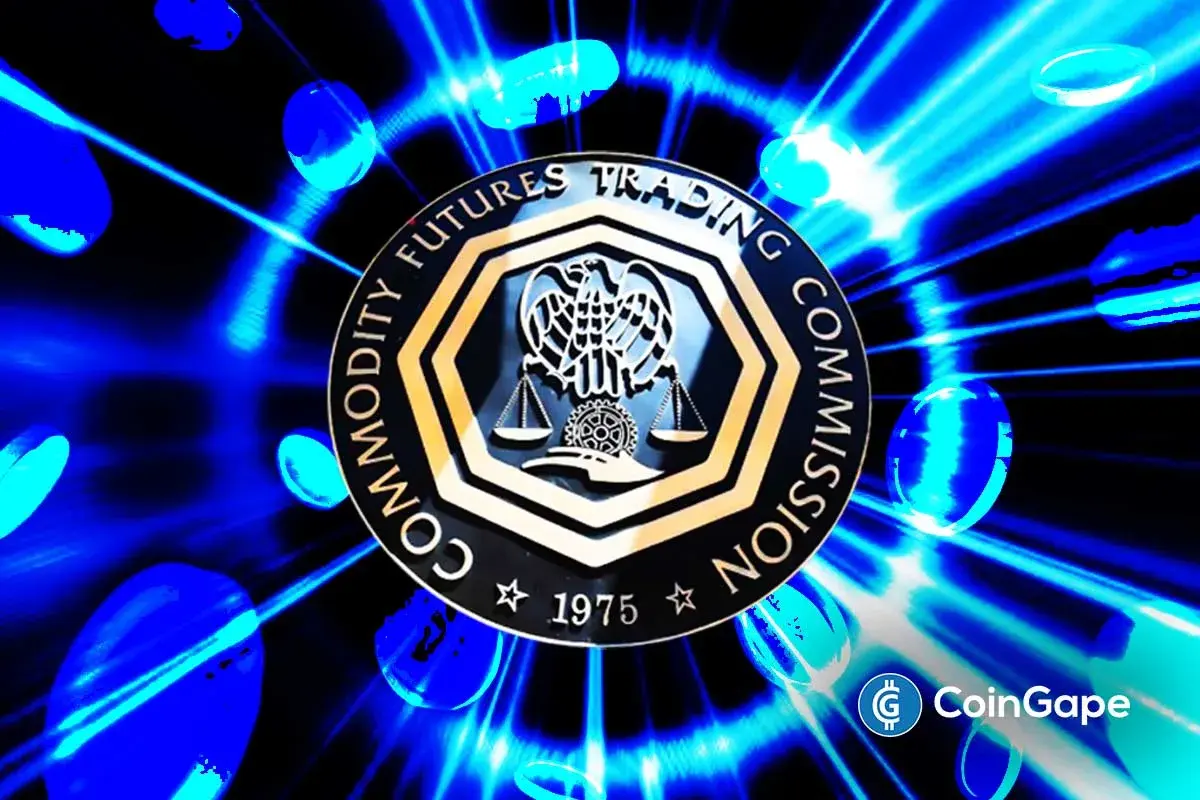Yuan Rallies as State-Owned Banks Step Up Purchases

China’s major state-owned banks actively purchase the yuan, propelling its value against a weaker U.S. dollar. According to reports, this marks a distinct shift from the previous year’s trend, where these institutions predominantly sold dollars to moderate the yuan’s fall.
As of this week, the yuan has witnessed a substantial 2% increase, reaching its highest in almost four months, approximately 7.13 to the dollar. This change in strategy comes as a surprise, given that the banks are continuing their buying spree even as the yuan was already on an upward trajectory.
China Banks Propel Yuan’s Market Rally
The approach adopted by the state banks involves a blend of swaps and spot market activities. They reportedly exchange yuan for dollars in the onshore swap market and concurrently sell those dollars in the spot currency market. This tactic aligns with their usual modus operandi but has raised eyebrows due to its timing and intensity.
This aggressive stance coincides with a period of general dollar weakness. The dollar index, a measure against major trading currencies, has receded by over 3% in November. This retreat is largely attributed to the expectation of a slowdown in the Federal Reserve’s monetary tightening, influenced by U.S. yields reacting to economic signals.
Market observers suggest that this move by Chinese state banks could be aimed at accelerating the yuan’s gains. This, in turn, might encourage exporters to convert a larger portion of their foreign exchange receipts into yuan. Despite its recent gains, the yuan is still down by over 3% against the dollar this year.
The intervention has been so effective that the onshore spot yuan briefly surpassed its daily official guidance rate, a first in four months. The People’s Bank of China (PBOC) has also been instrumental in setting the daily fixing rate at a 3-1/2-month low, which some analysts interpret as groundwork for a potential policy rate cut.
PBOC Injects Cash Amid Economic Uncertainty
The Chinese economy, currently the world’s second-largest, shows signs of an uneven recovery. While recent data indicates positive industrial output and retail sales trends, manufacturing activity and consumer prices are on a downward trajectory. These mixed signals suggest the need for continued policy stimulus.
However, further monetary easing could pressure the yuan downwards, especially considering the significant interest rate differential between China and other major economies, notably the United States. The PBOC, in response, has been injecting cash into the banking system through medium-term lending facility loans, keeping the rate on these loans stable. Analysts remain cautiously optimistic about the yuan’s prospects towards the end of the year and into 2024.
Read Also: Tether’s $1 Billion Deposit in UK Firm Sparks High Court Dispute
- Chainlink Set for Major Boost Following DTCC’s SEC Approval for Tokenized ETFs
- XRP News: Hex Trust and LayerZero Launch Wrapped XRP (wXRP) on Solana
- Breaking: Coinbase to Introduce Prediction Markets and Tokenized Stocks on Dec 17
- U.S. CFTC Scraps Outdated Crypto Market Rules, Clearing Path for Modern Oversight
- Breaking: JPMorgan Issues Short-Term Bond on Solana as Institutions Move Markets On-Chain
- Ethereum price prediction following $57.6M ETF Inflows – What’s Coming?
- Here’s Why Solana Price Could Explode to $150 Soon
- XRP Price Hits Crucial Support as ETF Inflows and Top RLUSD Metrics Soar
- Dogecoin Price Set to Rebound to $0.20 After Symmetrical Triangle Breakout
- Cardano Price Dips 10% as Midnight Token Launch Turns Sour
- Bitcoin Price Holds $90k as Markets React to Fed Rate Cut: Will BTC Rally to $100k or Fall to $80k?
















